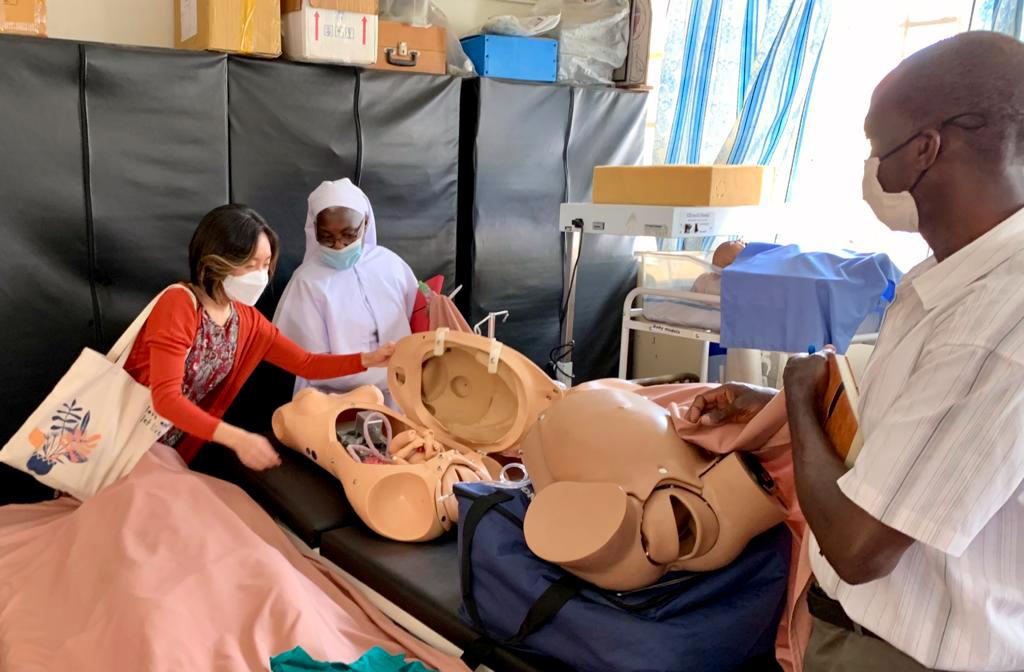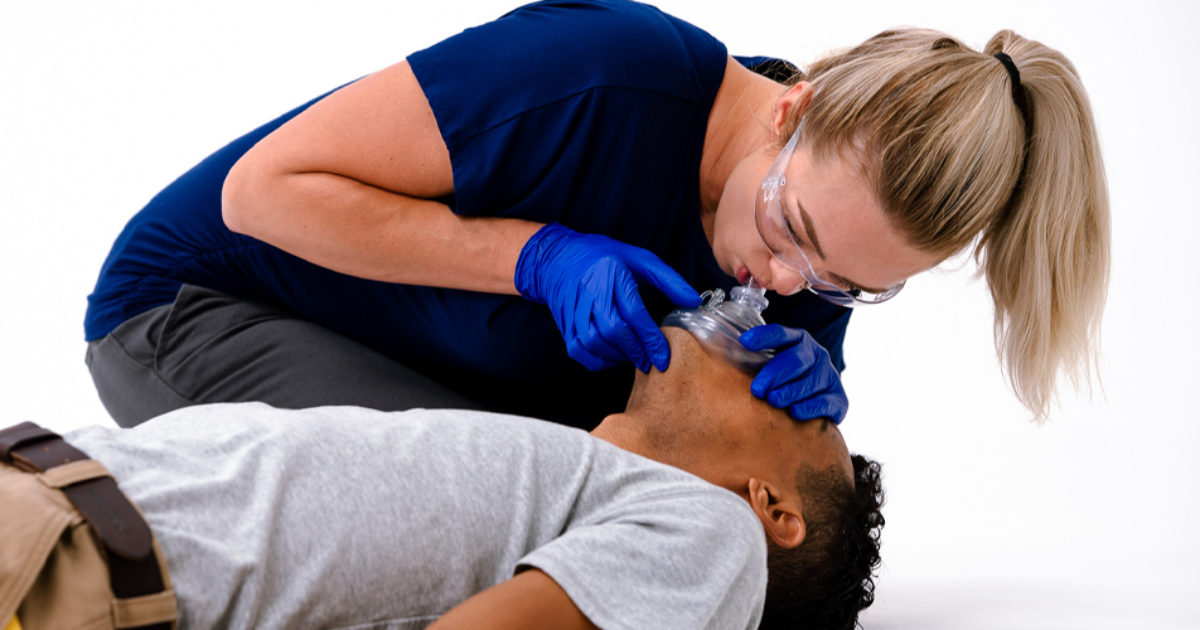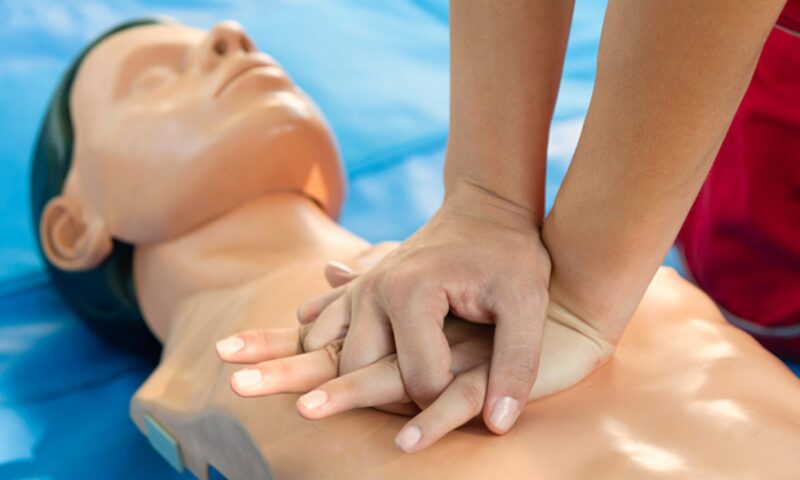Every day, individuals across the country make a remarkable commitment to saving lives. They participate in CPR classes, which provide them with the skills and knowledge necessary for performing cardiopulmonary resuscitation (CPR).
From bystander to rescuer, these courses are an invaluable tool in emergencies. This article will explore the time commitment of CPR classes – how long they take and what one can expect from attending one.
It will also discuss why it is important that people receive this life-saving training and how it can benefit their communities.
Understanding the Benefits of Taking A CPR Course

When it comes to saving a life, understanding the importance of taking a CPR course is vital. Knowing how to properly perform this lifesaving technique can mean the difference between life and death.
Taking a CPR class ensures that you understand all of the necessary techniques for providing aid during an emergency. The benefits of having proper knowledge of first aid are many, from increasing confidence when faced with an emergency to improving public safety overall.
By becoming certified in CPR through classes or courses, individuals gain valuable skills needed to potentially save someone’s life in their time of need. It should not be taken lightly, as even basic CPR training can help increase survival rates among victims suffering from cardiac arrest or other medical emergencies.
What’s more, attending one of these courses often requires only minimal commitment and can be completed quickly over just one day or session. The American Red Cross offers several options for those looking to become certified and provides resources on its website that allow people to review materials before taking part in a class or exam. With such convenient access available online, there’s no reason why anyone shouldn’t at least have some understanding of what it takes to assist in an emergency event.
At the end of the day, learning about how and when it is appropriate to use CPR is essential if we want our society as a whole to remain safe and prepared for any kind of medical crisis that might arise suddenly without warning
Exploring The Different Levels Of Certification

When it comes to CPR classes, there are a variety of levels and certifications available. From straightforward introductory courses that teach the basics of life-saving procedures to in-depth training programs designed for professional medical personnel, there is something for everyone.
Participants can choose from first aid certificates, advanced resuscitation qualifications, or even instructor certification which allows them to teach others how to perform CPR. The time commitment required will depend on the level of course chosen but typically ranges from a few hours for basic instruction up to several weeks or months for more comprehensive training.
Regardless of what type of class you take, having at least some knowledge about cardiopulmonary resuscitation techniques could be invaluable in an emergency.
Examining The Time Commitment Needed To Take A Class

When it comes to taking a CPR class, several factors can impact the time commitment needed. One of the primary considerations is the amount of material covered in the course.
A basic CPR class will usually cover topics such as chest compressions, rescue breaths, and other life-saving techniques. This type of training generally requires anywhere from two to four hours depending on experience level and other variables.
For those who want to become certified in CPR, additional courses may be required which could increase the overall time commitment significantly. In addition to course length, location can also be a factor when it comes to examining how much time is needed for a CPR class.
Taking classes at local community colleges or hospitals often requires travel time as well as session times which should all be factored into any assessment of necessary commitment levels regarding this type of training program. Finally, another important element when looking at total time commitments concerning taking a CPR class has to do with practice sessions outside of classroom instruction and study periods before certification exams if applicable.
It’s important for students wishing to take these types of classes to understand that extra effort may need to be invested outside formal educational settings for them to complete their goals related to this kind of medical education program.
Making The Most Out Of Your Training And Becoming A Rescuer

aking the most out of your training and becoming a rescuer requires commitment, dedication, and practice. Taking an approved CPR class is just the first step in your journey to becoming a certified lifesaver.
With the right attitude, you can make sure that all of your hard work pays off during both classroom training and practical tests. During classes, it’s important to focus on understanding key concepts such as how to correctly perform chest compressions or use an Automated External Defibrillator (AED). Paying attention to detail will help you remember what needs to be done when responding to an emergency.
Practicing with mannequins or partners allows for real-life simulations which can give students a better idea of how they would react in actual scenarios. Additionally, staying up-to-date with new techniques and information is essential for successful certification exams.
Finally, having confidence in yourself and being willing to learn from mistakes are invaluable traits if you want to maximize the impact that this life-saving skill has on others!
Conclusion
The MyCPR NOW classes offered by From Bystander to Rescuer provide an excellent opportunity for people to make a meaningful commitment to their time and learn how to save lives. With the right knowledge, anyone can become a rescuer in the event of an emergency.
The courses are easy to understand and offer hands-on instruction that ensures individuals can be prepared with confidence when faced with these difficult situations. MyCPR NOW provides all the tools necessary for successful CPR certification which makes it easier than ever before for people to become lifesavers.


